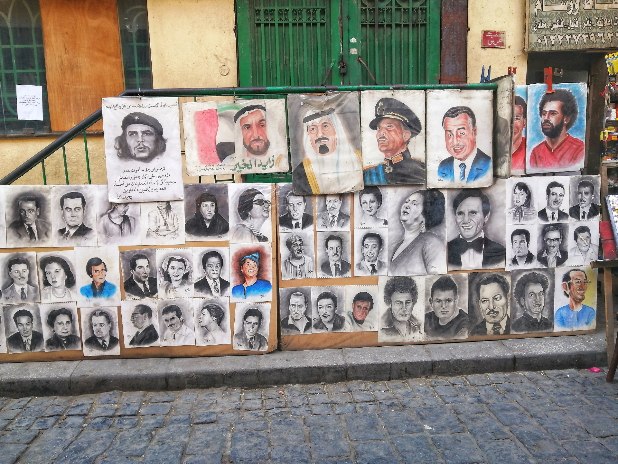
12 Non-Touristy Things You Didn’t Know You Can Do In Cairo
You’re in Cairo for the second or even the first time, you’re a local who has been almost everywhere, bored-sick from the city, and want to go completely off-the-beaten-track, but still wandering in circles, looking for non-touristy things to do in Cairo.
Fun fact; we Egyptians don’t really make the distinction between Cairo & Giza, we just call it Cairo, and when being out of Cairo locals would commonly say; I am in Alexandria, and will be back to Egypt in 2 days, so Cairo is referred to as Egypt too.
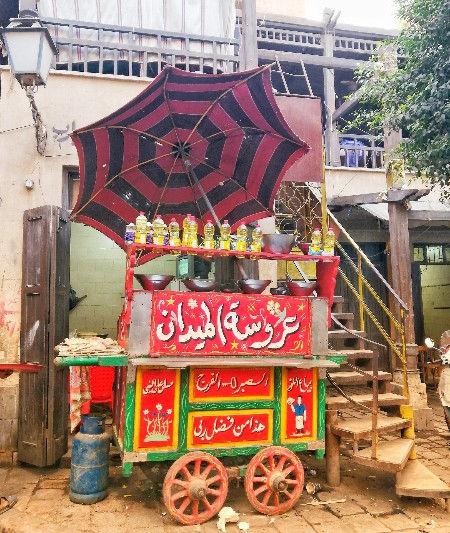 Street food in Egypt – Source: Passainte Assem
Street food in Egypt – Source: Passainte Assem
Cairo the capital of Egypt is a city you will always have a love/hate relationship with, it isn’t a feeling exclusive to foreigners or tourists, even locals feel the urge to escape its chaos and traffic every once in a while to restore their sanity -well truth must be told- somewhere else, but what’s actually magical about Cairo, is that you can always find a hidden gem to run away from all the noise whether in the city or within a couple of hours from it.
Visitors to Cairo always refer to it as home to Giza Pyramids, and the entire King Tutankhamun collection, not knowing that it is such a diverse city that offers a wide range of activities that fit into everyone’s taste, you give it a day or two to explore while Cairo alone would require at least a month to cover, there you will find modern and ancient, affordable and expensive, luxurious and primitive.
With an open heart and a curious mind you’d feel that among Cairo’s chaos & randomness its energy and people are something you wouldn’t experience anywhere else in the world, that you’d miss as soon as you leave.
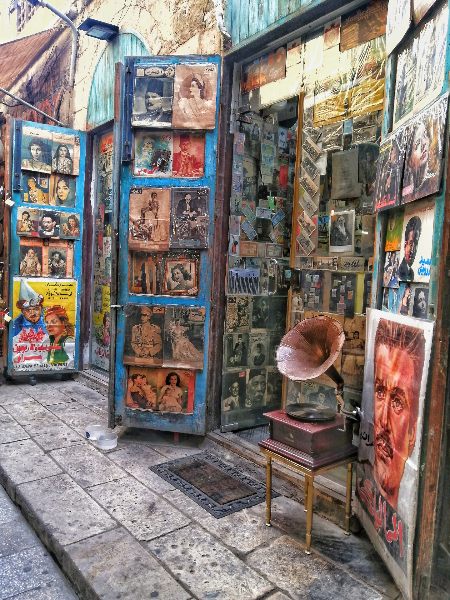 Posters of classic Egyptian movies on display in Islamic Cairo – Source: Passainte Assem
Posters of classic Egyptian movies on display in Islamic Cairo – Source: Passainte Assem
A common mistake is confusing between; Islamic Cairo where the old souq of Khan El-Khalili is, and a vast collection of mosques, old schools, mausoleums, and handicraftsmen are, and Old Cairo -Al Fustat- where the Religious Complex is, named like that as it has a representation of all 3 monotheistic religions; Islam, Christianity, and Judaism in one area.
So here is our list of non-touristy things you didn’t know you can do in Cairo…
1. Enjoy Some Of Europe’s & The World’s Finest Art In The Heart Of Cairo
The museum of Mohamed Mahmoud Khalil located in the heart of Cairo houses some of Europe’s & the world’s finest art collection of paintings and rare artifacts, which are the result of years of collection by Mohamed Mahmoud Khalil & his French wife Emiline Lock, in fact its art pieces are special to the extent that some of its paintings were loaned to the Musee d’Orsay in Paris between 1994-1995 for an exhibition called “Les Oublies Du Caire”.
After 10 years of closure, due to the theft of Van Gogh’s famous painting “Poppy Flowers” that still hasn’t been retrieved, the museum has finally opened its doors to the public. Van Gogh isn’t the only famous artist who has his art dispalyed at the museum, you’d also find some artpieces beautifully made by Paul Gaugin, and Claude Monnet, in addition to art pieces from Japan, Turkey, well all over the world.
The “Poppy Flowers” painting has probably been painted during Van Gogh’s stay in Paris around 1887 and gifted to a friend.
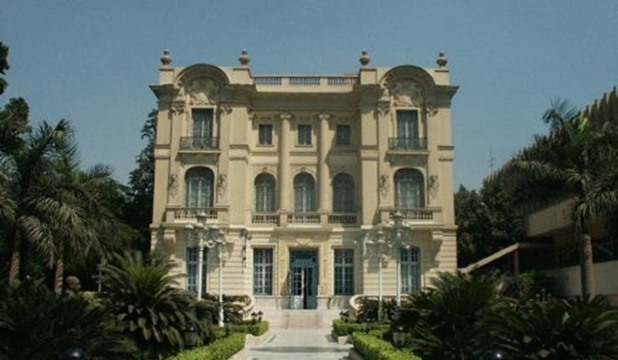 Mohamed Mahmoud Khalil Museum – Source: State Information Service
Mohamed Mahmoud Khalil Museum – Source: State Information Service
2. Explore The Historical Sites Surrounding Salah El-Dine Citadel
Most people including myself frequently visit the Cairo Citadel, along with the School-Mosque of Al-Sultan Hassan and Al-Rifai Mosque -a mosque and the resting place of some members of the Egyptian Royal Family including King Fuad I, King Farouk and the Shah of Iran Mohammad Reza Pahlavi- without checking out the historically rich area surrounding it home to several mosques, mausoleums, old schools, cemeteries, and a lot more -marked in green.
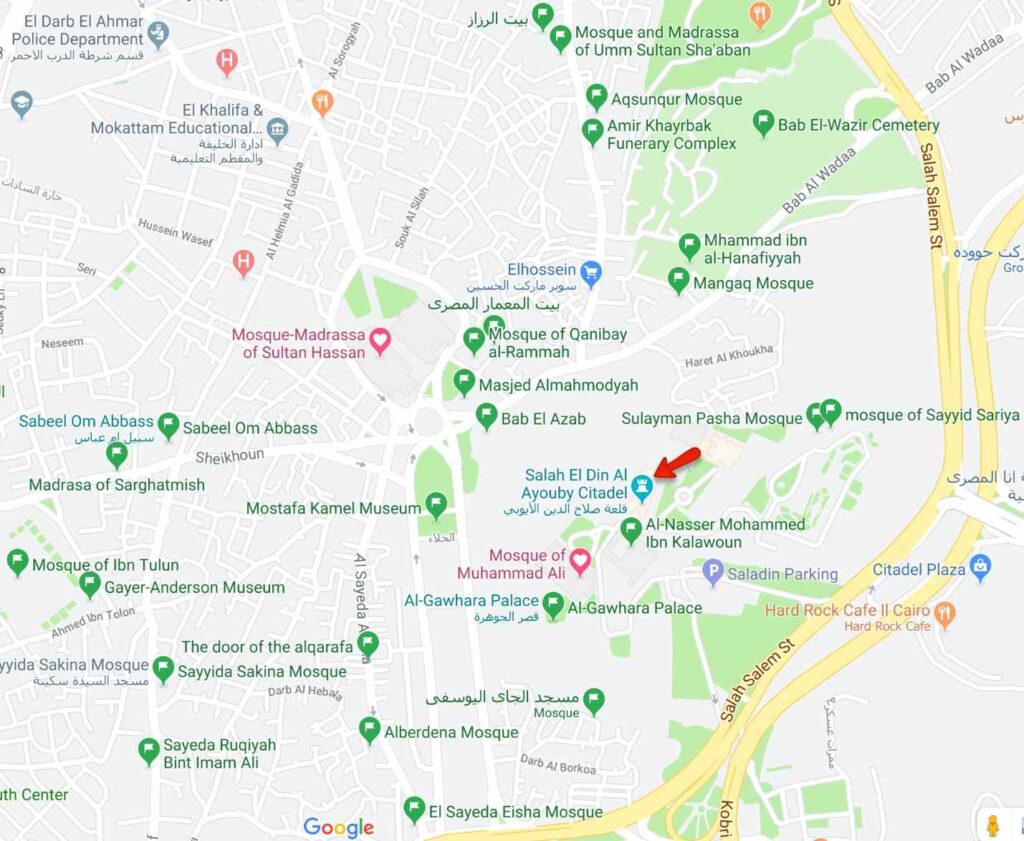 Map of the area surrounding the Cairo Citadel via Google Maps
Map of the area surrounding the Cairo Citadel via Google Maps
3. Visit The City of the Dead & Qobet Afendina
The City of the Dead -a.k.a. Al Qarafa- is an ancient cemetery dating back to the 7th century, and the resting place of many Muslim Caplihates and Mamluks, within a 7 minutes walking distance lies Kobet Afendina where members of Muhammad Ali Pasha’s family were buried.
It is also home to a large community of inhabitants, who live there as back in the days, it was common practice for people to live around the dead so they wouldn’t be separated from their loved ones, and to constantly be reminded -but not in a sad way- that there is always death after life, so one should take it easy. So please when you are there, be kind & thoughtful and don’t take pictures of the inhabitants, not because it will upset them, but it’s unpleasant & intruding.
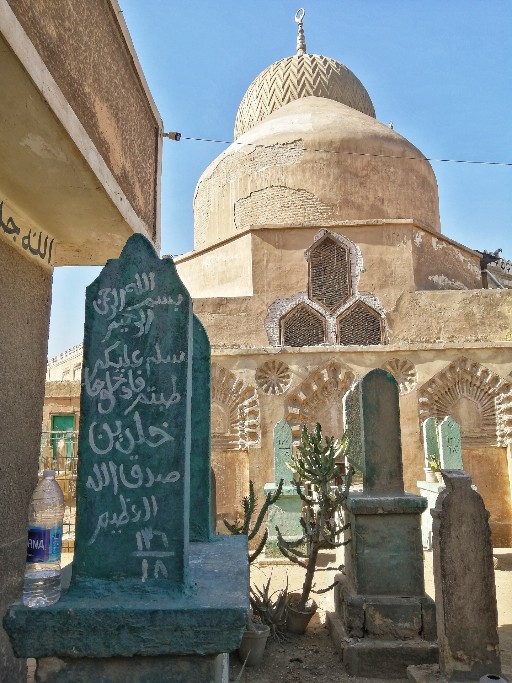 Live footage from Athar Lina’s tour at El Khalifa Area – Source: Passainte Assem
Live footage from Athar Lina’s tour at El Khalifa Area – Source: Passainte Assem
If you do not wish to do the 2nd & 3rd idea on your own, you can join one of the following tours;
- Athar Lina: “an integrative initiative to establish modalities of citizen participation in heritage conservation based on a vision of heritage as a resource, not a burden.“, besides their community based project at El Khalifa area, they offer guided walking tours, different activities at their venue & newly established park, in addition to selling traditional Egyptian handicrafts at fair prices.
- Maq’ad of Sultan Qaitbey: The seat of Sultan Qaytbay is a center for arts, culture and development within the Mamluk Desert Region in Cairo, they mainly aim at restoring & reviving abandoned and neglected sights in this area, educating and involving the community living there to preserve their heritage and be part of developmental projects about it, they host fairs, walking & photography tours, in addition to selling Egyptian crafts at the workshops so you can get a chance to buy your favorite products while seeing how they were produced.
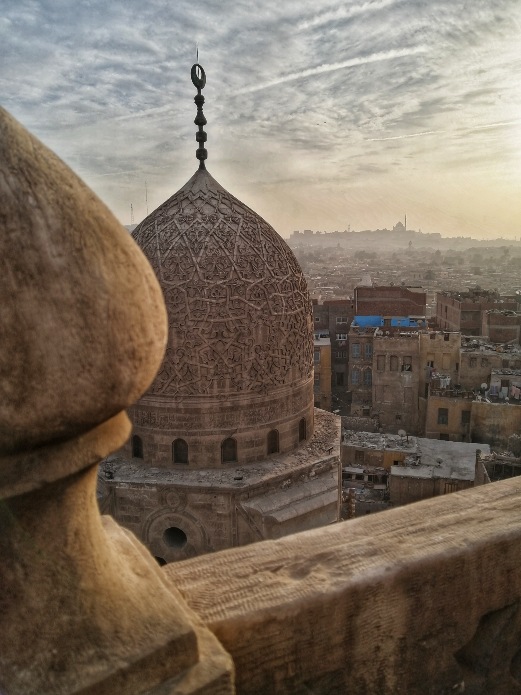 Live footage from MASQ’s tour of Mamluk’s desert & Qobet Affendina – Source: Passainte Assem
Live footage from MASQ’s tour of Mamluk’s desert & Qobet Affendina – Source: Passainte Assem
Other tour options
- Qahrwya: “offers an alternative culture walking touring experience around the city that never sleeps: CAIRO. Locals show you around the hidden culture gems: visual arts, authentic food, and music.”
- Carpe Diem: offers treasure hunts for adults around Downtown, & Islamic Cairo -in addition to treasure hunts and other activities for kids.
- Downtown Cairo: offers guided walking tours in downtown Cairo
- Bellies En Route – Food Tours: offers two food tours, one in downtown Cairo where you get to taste the highlights of the local streetfood, and a second one in Heliopolis where you will get to enjoy Egyptian food with a twist (Book it through us to get a discount).
4. Tune In To Cairo’s Underground Music Scene
Music is a treat for the ears that nourishes the soul, what’s even better is listening to tunes and instruments that we are probably not very used to such as; oud, kanoun, etc. I strongly believe that there is no better way to get into a culture, and be part of it as by; mingling with locals, eating their food, and listening to their music, & get a taste of their underground music scene. There are plenty of venues around Cairo where all sorts of music fusions are performed.
- Cairo Jazz Club; they have two venues, the oldest is the one in Agouza which is a landmark too, the downside is how tiny it is, allowing indoor smoking. They have recently opened a spacious new venue in West Cairo that has an indoor and outdoor spaces, but music is usually performed indoors.
- The Tap; has 3 venues; one in Maadi, another in East Cairo, and a third in West Cairo
 Undeground music scene in Egypt
Undeground music scene in Egypt
5. Discover the Royal Side of Egypt
Many of Egypt visitors do not know that Egypt was a Kingdom until 1952, making it home to Royal Palaces, guest houses, rest lodges, and summer residences located all over Egypt. There are many of them in Cairo some are open to the public such as Abdeen, El-Manial (a personal favorite) & El-Manasterly -also home to Om Kolthoom Museum, one of the Middle East’s most iconic female singers known as “Qawqab Al Shark” literally meaning “Planet of the Orient” who performed all over the world, and a minute walk from the Nilometer; a structure built during the Abbasid time long before Aswan’s High-Dam to measure the water level during the flood season.
Also, the Cairo Marriott Hotel & Omar Khayyam Casino in Zamalek is originally a Royal palace, commissioned by Khedive Ismail in 1869 to serve as a guest house during the Suez Canal inauguration, and the Mena House Hotel built to be used as a rest house for Khedive Ismail & his guests during his hunting trips and visits to the Pyramids.
There are other palaces that did not belong to the Egyptian Royal Family such as Aisha Fahmy in Zamalek now a space for art exhibitions, The Baron Empain -a.k.a. Le Palais Hindou- located in the classy neighborhood Heliopolis, and Al-Amir Taz Palace in Islamic Cairo.
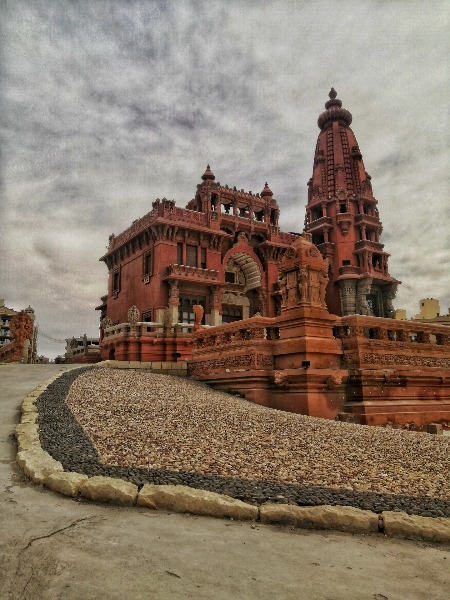 Baron Empain Palace in Heliopolis – Source: Passainte Assem
Baron Empain Palace in Heliopolis – Source: Passainte Assem
6. Walk the Streets of Korba, Heliopolis, Garden City, & Zamalek
Cairo’s upscale, most walking-friendly neighborhoods of Korba, Heliopolis, Garden City & Zamalek; where chances are not so high to get hit by a car -hahaha-, home to some of the best architecture in town, inspired & built by European architects, bringing a European attire to the streets of Cairo.
If you are an early riser, do not miss on walking in the enjoyable empty streets of downtown on a Friday or Saturday morning with its iconic buildings and cafes. You can finish up your walk by crossing the bridge to Zamalek.
Kasr El-Nil Bridge which leads from Downtown to Zamalek – Source: Jorge Láscar via Flickr
7. Go Beyond the Famous Sites of the Religious Complex in Old Cairo
To most visitors the main site is; the Hanging Church, built on the relics of a Roman Fortress.
While in fact it is home to the Coptic Museum with some of the largest collections of Christian artifacts in the world, some of the oldest and rarest too, Sergius and Bacchus Church where it’s believed that the Holy Family found shelter, Amr Ibn El-A’as Mosque -Egypt’s, and Africa’s oldest mosque- and Ben Ezra Synagogue -the only open to the public Jewish temple.
End your tour by a visit to Darb 1718 a cultural center that hosts concerts, one day to several weeks workshops in pottery, leather, copper making, etc, it is also home to pottery & accessories workshops, and selling points too, another point of interest is Souq El Fustat where you can buy Egyptian traditional crafts, you can also go to El-Fakhareen or El-Fawakhreya which has the largest concentration of pottery-makers in Cairo to whether watch pottery in the making, or buy some at affordable prices.
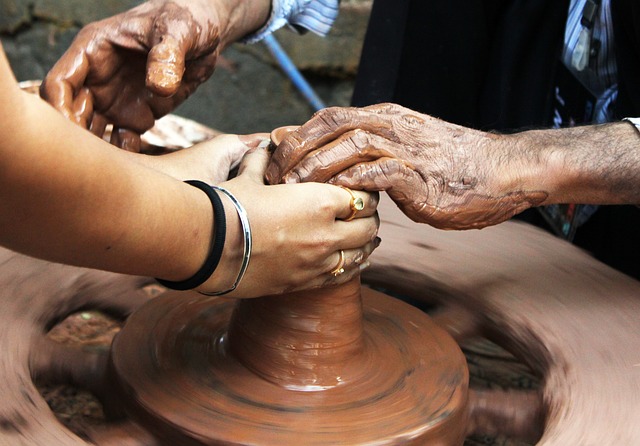 Pottery-Making
Pottery-Making
8. Check Out the Museum of Islamic Art
The Museum of Islamic Art home to one of the largest collections of Islamic art in the world, is probably Cairo’s most chronologically ordered, beautifully lit, and well informing museum, making it intriguing to jump from one era to the next to see how Islamic art has developed over the years, and what changes have happened that shaped a specific period of time. The museum is open daily from 9:00 AM till 5:00 PM, except Friday from 9:00 AM to 11:30 AM then from 1:30 PM till 5:00 PM.
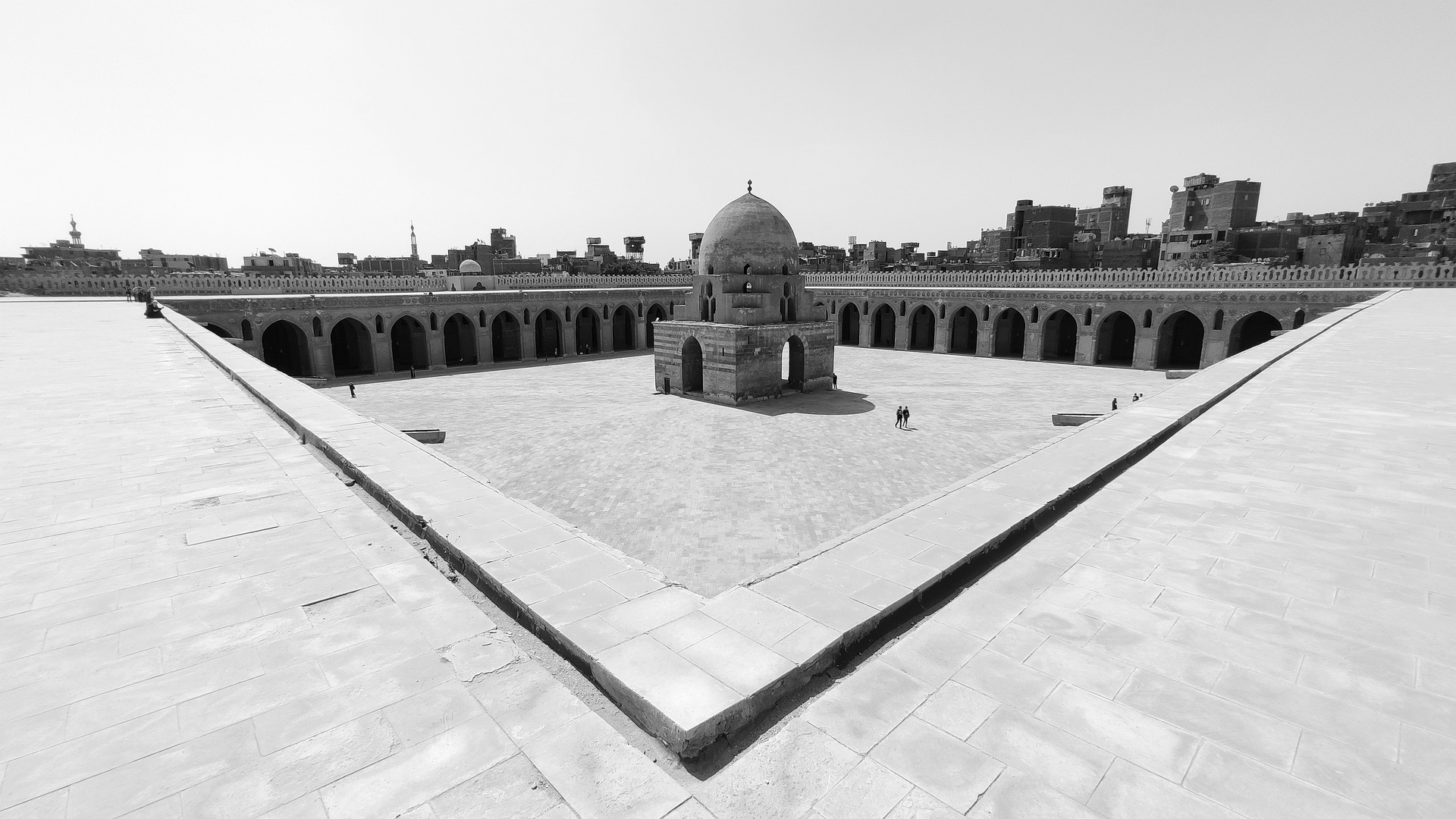 Ibn Tulun Mosque – Source: Islam Hamdy
Ibn Tulun Mosque – Source: Islam Hamdy
9. Treat Your Senses To Mouthwatering Egyptian Street-Food
Don’t be that “too scared to try” person, who has heard from a friend of a friend of a relative whose 5th generation grandfather had diarrhea, or got food-poisoned on his trip to Egypt, because Egypt has one of the Middle-East’s most flavorful cuisines, full of garlic, and onions. We don’t eat monkey brains nor crawling creatures; however, we eat rabbits, oxtail, stuffed pigeons, and every freaking organ of a cow or sheep -liver, brains, testicles, you name it.
You haven’t been to Egypt until you tried every local dish you have been told to try; from ful (fava beans), falafel (commonly known as Ta’meya in Egypt and unlike the rest of the middle-east it’s made from fava beans and not chickpeas), feteer (Egyptian sweet and/or savory pizza made of layers of puff pastry like), molokheya (green soup with lots of garlic poured over plain rice or eaten by dipping in Egyptian pita bread) and koshari (carbs fiesta with fried onions, chickpeas on top, seasoned with garlic, and tomato sauce) -which are mostly vegetarian options- to stuffed pigeons, oxtail, livers, and kebab.
Bonus Tips:
- Don’t drink tap water, only bottled water which is sold everywhere.
- Use your common sense; always pick places that are over-packed and not a venue that has no customers
- When buying falafel if the oil is too dark or smells funny, find yourself another place to buy it from
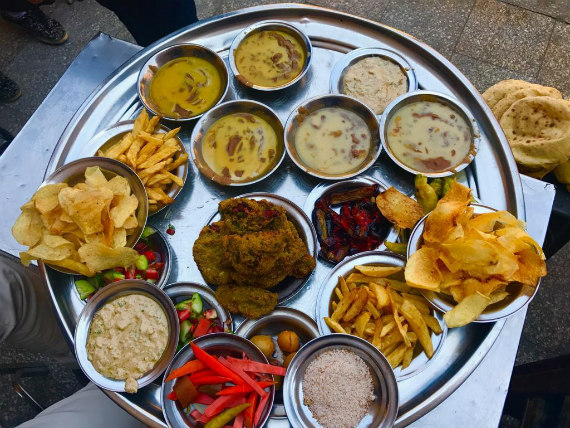 Typical Egyptian Breakfast by Nesreen El-Molla
Typical Egyptian Breakfast by Nesreen El-Molla
10. Search for Local Artisans at El-Darb El-Ahmar
After you’re done with your visit to the old Souq of Khan El-Khalili, seeing all the authentic lanterns and fabrics on sale, you would be curious to see how and where they were made. If you stroll down the area of El-Darb El-Ahmar you will find many local artisans such as; tentmakers -a.k.a. Kheyameyah-, glassblowers, carpet-makers, thread-dyers, bookbinders, and copper-artisans. A place that will make you travel back in time, and allow you to do the best shopping with fair prices.
Strolling the streets of El Darb El Ahmar in search of Inlay Craft Artisans by Passainte Assem
11. Sail the Nile River Aboard a Nile Kayak or Rowing
You’ve probably island-hopped before, went on a boat trip, or even sailed the Nile, but have you ever experienced Nile-kayaked or rowed? This is your chance to sail the Nile at your own pace while learning the different kayaking/rowing techniques from people who are truly passionate about what they do -it is to note that the Nile is more impressive in Luxor & Aswan, people swim there, and even drink the water directly from the Nile, yet you’d definitely enjoy this experience in Cairo.
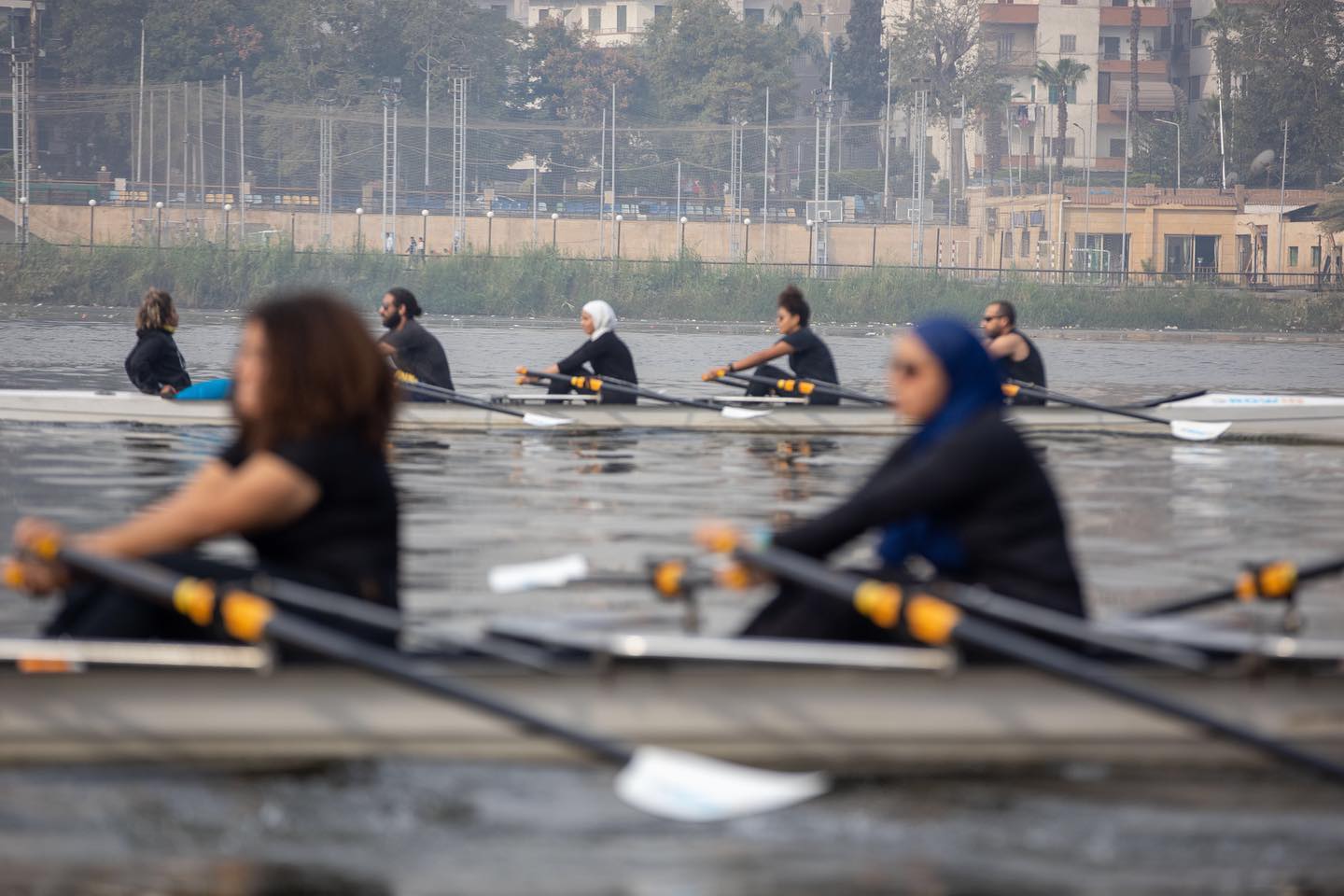 People rowing in the Nile River – Source Rowin’s Facebook page
People rowing in the Nile River – Source Rowin’s Facebook page
12. Stroll Through The Newly Renovated Armenian Friedhof-Kairo Cemetery
As weird as it sounds but visiting cemeteries doesn’t have to be a sad experience, it could be somehow peaceful and serene, not only but also you get to read tributes from loved ones and see beautiful art on display.
There are plenty of nice cemeteries around Cairo like the ones we mentioned above, in addition to Saint George Cemetery located next to the Hanging Church, the Cairo War Memorial Cemetery in Heliopolis, the Catholic Cemetery and the newly renovated Armenian Friedlhof-Kairo Cemetery which was built in Old Cairo on a piece of land granted by Muhammad Ali Pasha to the Armenian community, open daily from 9 AM to 2 PM.
Between the 10th & 12th century, many Armenians settled in Egypt, their numbers increased after the Armenian genocide causing the death of almost 1.5 Armenian, and survival of half a million who fled to Egypt, and other parts of the world.
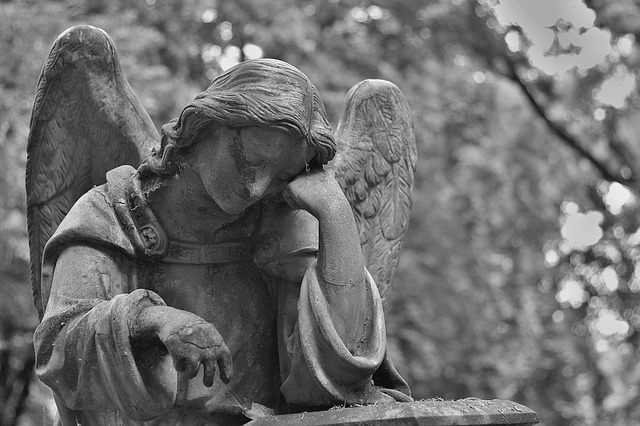 Cemetery statue
Cemetery statue
Have you got any other hidden gem, or Cairo escape that you would like to tell us about? Feel free to share it in the comments below.
We hope you really liked this blog post, as much as we enjoyed putting it together. If you want to ask us any questions, or engage with other people, join our Facebook group here.
Leave a Reply
You must be logged in to post a comment.
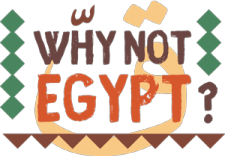
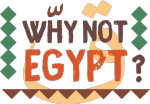

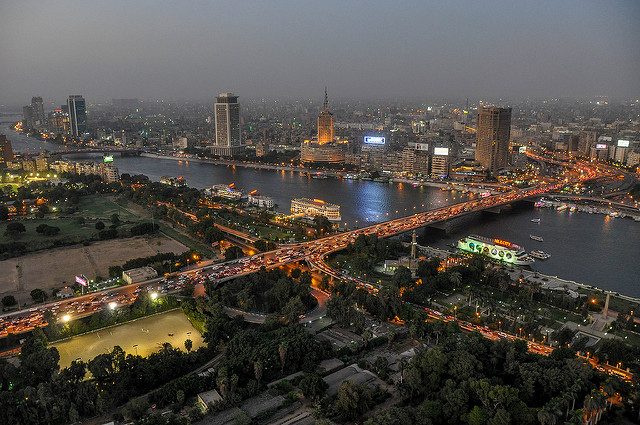

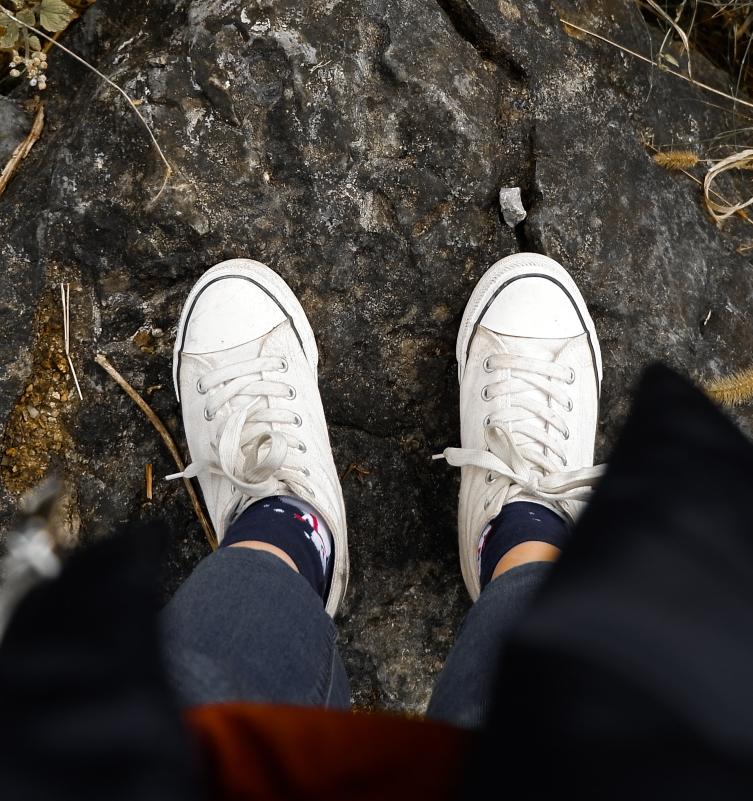
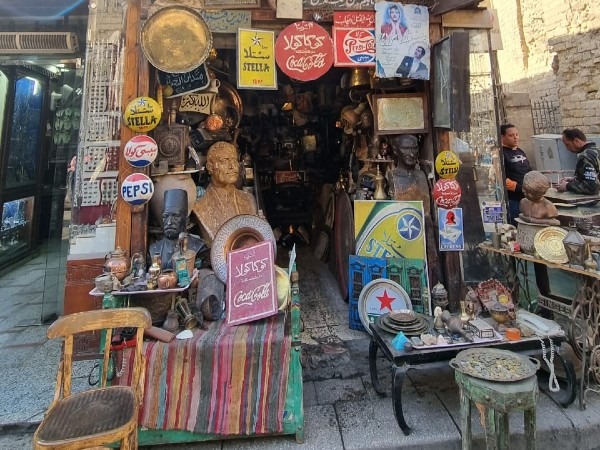
Pingback: 20 Things You Need To Know Before Traveling To Egypt - WhyNotEgypt
Pingback: The Ultimate Guide to the Top Things to See in Cairo, Egypt